Treatment Options for Overbite and Underbite
What causes an overbite or underbite and what treatment options are available?

Overbite
A healthy and ideal bite is when the points of the molars fit into the opposite molars' grooves and the upper front teeth sit slightly over the lower front teeth. When the upper teeth protrude too far beyond the lower teeth, there's an overbite, commonly known as buckteeth.
Overbites possess some health risks and complications:
- Discomfort with chewing and biting
- Severe headache
- Speech impediment
- Sleep apnea & breathing issues
- Tooth decay & enamel wear
- Ability to fully open or close the mouth
- Alteration of facial structure
- Additional susceptibility to tooth fracture
At-home treatment or how-to videos are never recommended to correct an overbite; it must be examined and treated by a general dentist, oral surgeon, or orthodontist.
Treatment options for an overbite include:
- Braces - braces are a traditional and effective method to correct overbite problems for children, adolescents, and adults. During the treatment process, the wires are switched out or tightened to push the teeth into the correct alignment. Braces are not recommended for individuals with poor oral hygiene as failure to maintain good oral hygiene while wearing braces can lead to gum disease.
- Clear Aligners - clear aligners may be recommended for mild cases of overbite. A series of clear aligners are custom made to fit the teeth and slowly correct the overbite. This treatment plan is not recommended for adolescents as the aligners are clear and may easily get misplaced.
- Jaw Surgery - jaw surgery is sometimes recommended for severe cases to correct the bite relationship between the upper and lower arches. Jaw surgery isn't recommended until an individual reaches adulthood and the jaw has stopped growing.
- Palate Expansion - the palate (roof of the mouth) is widened with a special appliance that attaches to the upper molars. Palate expansion is generally used to assist upper arches that are too small to accommodate the teeth.
Underbite
Opposite to an overbite, an underbite is when the lower teeth are positioned farther outward than the upper front teeth. This condition is commonly described as a "bulldog bite."
An underbite can cause difficulties such as:
- Speech impediment
- Pain with chewing & biting
- Jaw and facial pain due to misalignment of the teeth and jaw
Tooth extraction and braces can help correct an underbite. For severe cases, a dental provider may recommend surgery:
- Orthognathic Jaw Surgery - this surgery requires moving the jaw bone by repositioning it further back. The patient must have reached full skeletal growth (when the jaw is no longer growing) before a provider can select Orthognathic surgery as a treatment option; doing the treatment before the jaw is fully grown can result in future procedures. Procedure time can be between three to five hours depending on complexity and amount of procedures involved. It may take up to a year for the healing process, which includes time to allow the swelling to go down.
- Le Fort III Osteotomy - this surgery involves moving the entire face forward, altering a person's facial structure. The surgery generally takes one to two hours and typically three months of recovery.
What Causes an Overbite or Underbite?
Normal teeth alignment promotes healthy gum tissue, less straining on the jaw muscles, and allows an individual to eat without biting their lip, cheeks, or tongue. There are several factors that can result in misalignment of the teeth and jaw:
- Thumb sucking
- Using a pacifier and bottle feeding beyond age three
- Genetics
- Injury
- Tumors in the mouth or jaw can cause jaw or teeth protrusion
While misalignment associated with genetics or medical conditions cannot be controlled, underbite and overbite associated with early childhood habits and injury to the mouth can be prevented. Parents can put a stop to thumb sucking, pacifier usage, and bottle-feeding before the child turns three years old. Injury can also be prevented with a mouth guard.
Having a misaligned bite not only impacts an individual's quality of life, but also their self-esteem. It is important to visit a dentist as soon as a child's teeth erupt and at regular intervals to ensure the dentist can identify any abnormal bite, as well as monitor, intervene, and provide appropriate treatment.
The Cost of Surgery to Correct an Overbite or Underbite
Jaw surgery can be expensive as it involves:
- an oral surgeon to examine, shape, and reposition the jaw bone
- anesthesiologist to administer anesthesiae
- a team to support the surgeon and monitor the patient
- surgical tools, plates, screws, and wires
A jaw surgery without insurance can cost over $40,000.00. As insurance benefits for this type of surgery vary, it is important to communicate with the Surgical Case coordinator and your insurance to ensure you understand your copay, annual maximum, and benefit coverage.






